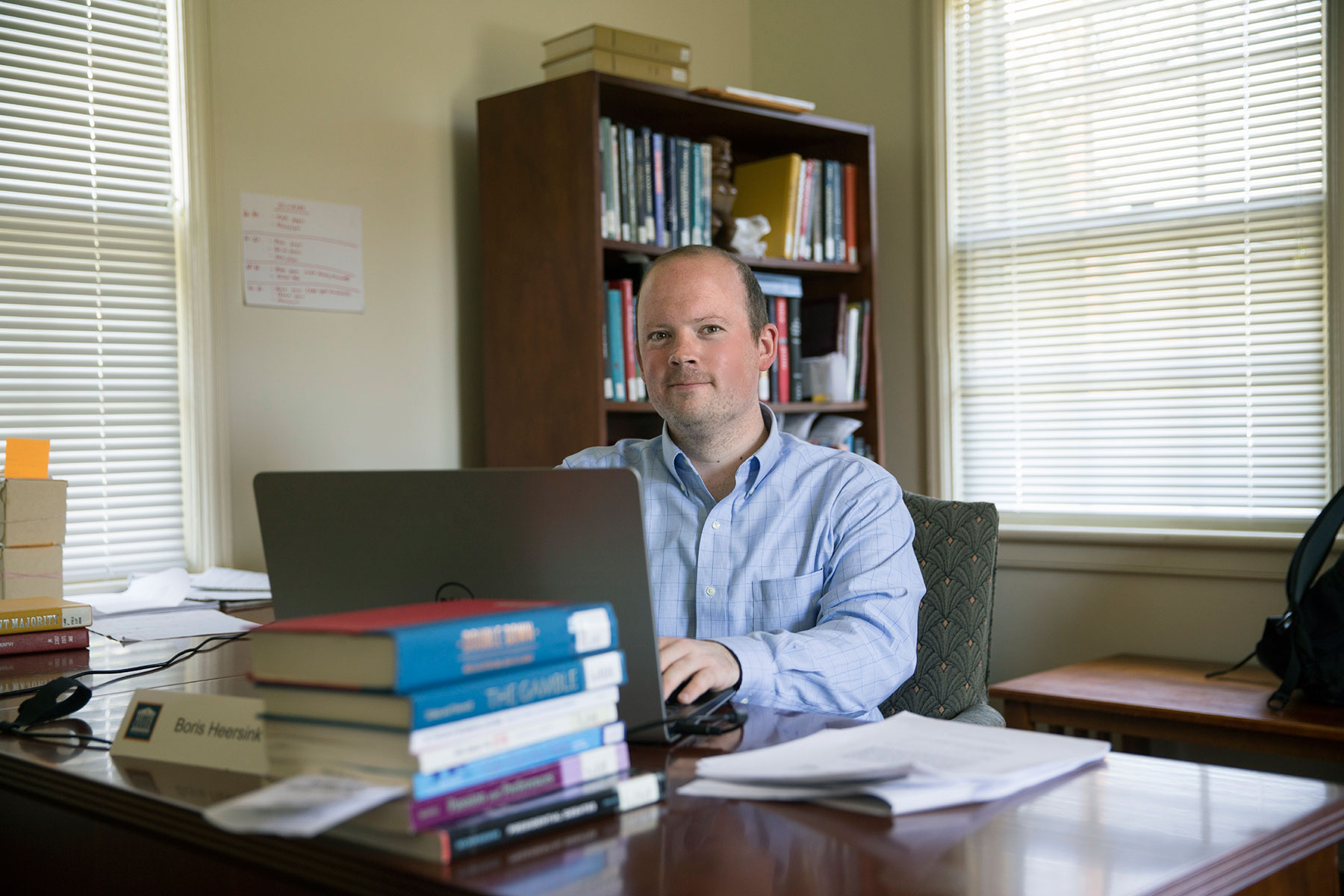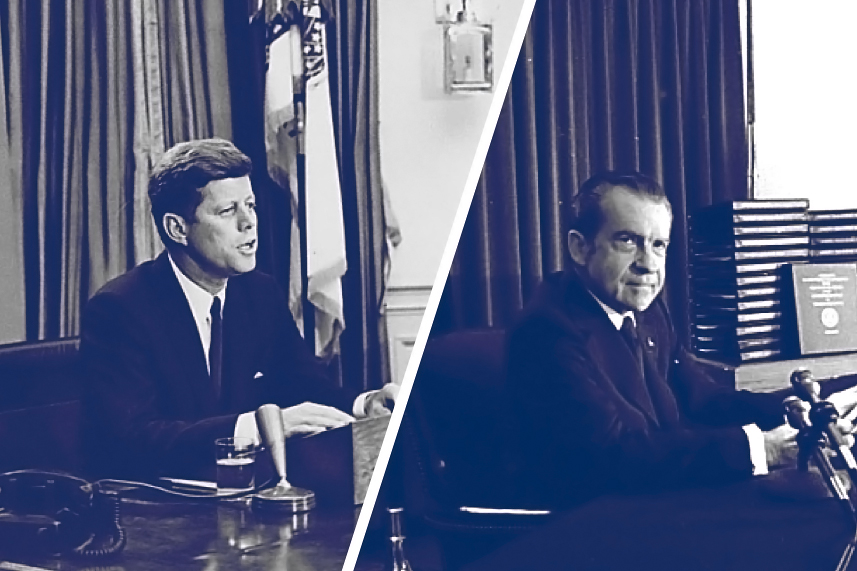As summer approaches, the end of the presidential primary season is finally in sight and speculation on potential vice presidential candidates is heating up. Political strategists have already been working for months to analyze every advantage that possible running mates could bring to the table, but two University of Virginia researchers argue that there is a sizable advantage they may be overlooking.
A new study by Woodrow Wilson Department of Politics doctoral candidates Boris Heersink and Brenton Peterson uses historical election data to show that there is a significant advantage for vice presidential candidates on their home state’s ballot, despite conventional wisdom that holds that geography should not be a major consideration when selecting a vice presidential candidate because there were no proven examples of these candidates bringing a home-state advantage among voters.
Their research spans American presidential elections from 1884 to 2012 and found that on average, vice presidents garnered a sizable 2.67 percentage-point advantage in their home state. For comparison, presidential candidates usually see an average 3.61 percentage-point advantage in their own home states. The vice presidential home-state advantage is high enough, in fact, that Heersink and Peterson believe it could have changed the tide of four presidential elections since 1960.

Boris Heersink is a doctoral candidate in the department of politics and a National Fellow at the Miller Center. His research focuses on American political institutions. (Photo by Dan Addison)
Q. What made you realize that the conventional wisdom on home-state advantages might be wrong?
A. The existing studies very consistently found that there was no advantage for vice presidential candidates in their home states. We were suspicious of that because there are a couple of historical cases that didn’t make sense under that assumption – most notably, Lyndon Johnson.
Lyndon Johnson was John F. Kennedy’s running mate in 1960, and according to the existing measurements, he had a negative effect of close to 15 percentage points in Texas. This suggests that Kennedy would have done better in Texas without him as a running mate. That just seemed silly to us, so we started to look into what could account for that result.
Q. What were the prior studies getting wrong?
A. The basic problem that we found is that current measurement methods failed to account for the fact that vice presidential candidates are frequently picked from states where their parties are on a decline. So when these studies compared outcomes in a presidential election year to the average election outcomes in previous years, they were comparing against an average that was not reflective of the actual situation of the individual candidate.
Essentially, the other method overestimated the party’s strength and what we should see in that election year.
Q. How is your method different?
A. We use synthetic controls, which come up with a “fake” version of the actual home state on the basis of other states. So to use the 1960 election example again, there are no states that move exactly like Texas, but there are a bunch of states that go up and down in election years in a similar way to Texas. The synthetic control approach tries to combine several other states on the basis of past voter performance as well as the makeup of distinct voting populations and the economy. From there it tries to come up with a comparison, a combination of states that equate a synthetic version of Texas.
This approach allows us to get at something we otherwise can’t: what we really want to do is compare two worlds, one that has Texas native Lyndon Johnson on the ticket in 1960 and an alternate one where we have the exact same ticket, but Lyndon Johnson is not from Texas. If we could compare those two, we would find the exact way in which Johnson influenced the vote in Texas.
Of course, that’s impossible; we can’t make another Texas or redo the 1960 election. But by using synthetic controls we can compare real Texas and the “fake Texas” we created. So when we look at the data from 1960, real Texas actually has a person on the ticket that is from that state and “fake Texas” doesn’t.
For each party and each election we compare what happened in the real world versus what we would expect to happen if a particular vice presidential candidate had not been on the ballot. That difference in results reveals the home-state advantage.
Q. What are the four elections that could have been swung by home-state advantage?
A. It’s 2000, 2004, 1976 and 1960.
In 1960 and 1976, both elections went to the Democratic side, but they may have gone to the Republicans if a different vice presidential candidate had been chosen. The same is true in reverse for 2000 and 2004. Had the Democrats picked a better regional candidate in those years, the elections could have swung to the Democratic side.
Q. How could this apply to the 2016 election?
A. What our study shows is that home-state advantage is actually a pretty big effect even in large states and states that are very competitive. That makes this relevant for the 2016 election.
If you’re the Democratic or Republican nominee and you’re looking around at possible vice presidential candidates, all the previous political science literature would lead you to believe that you don’t need to think about home states. What we say is that if you expect it to be a tight election and you expect that winning the right swing states, like Ohio or Florida, will be really important, then it might be to your advantage to choose a strong candidate from a swing state with a lot of electoral votes over any equally qualified candidates from other states.
Media Contact
Article Information
April 21, 2016
/content/study-choosing-vp-candidates-swing-states-can-swing-elections

